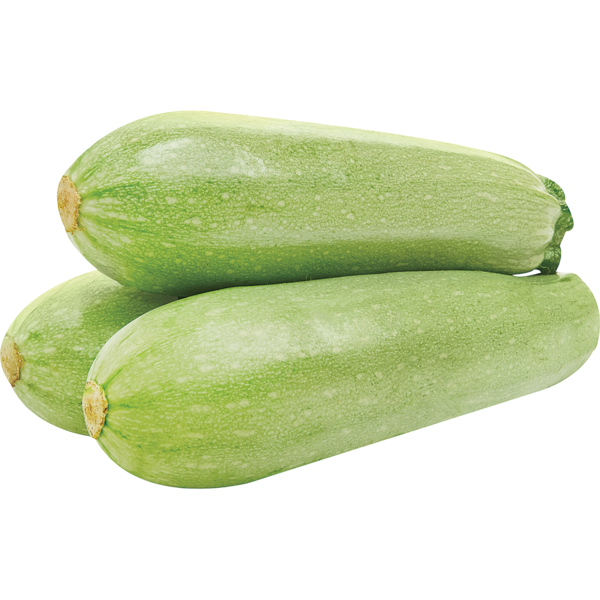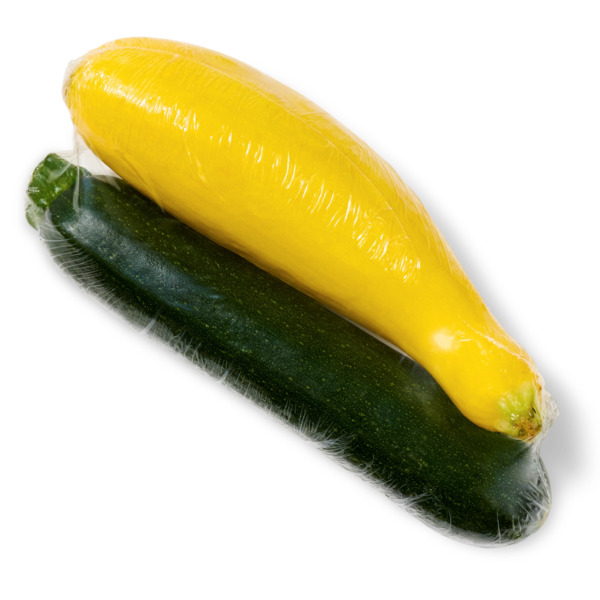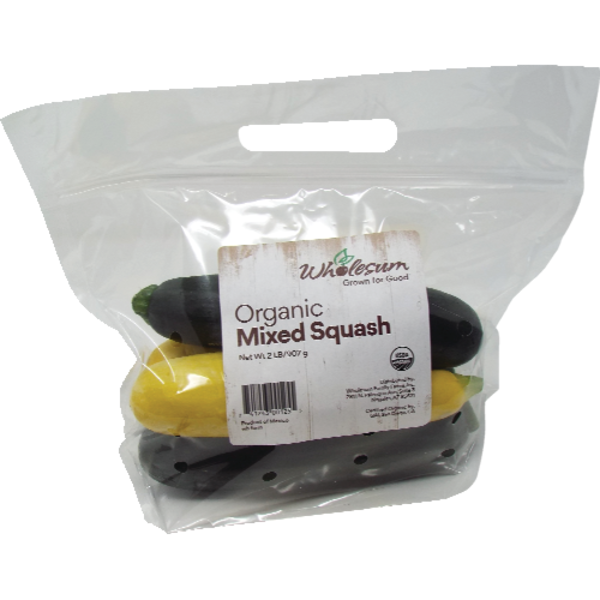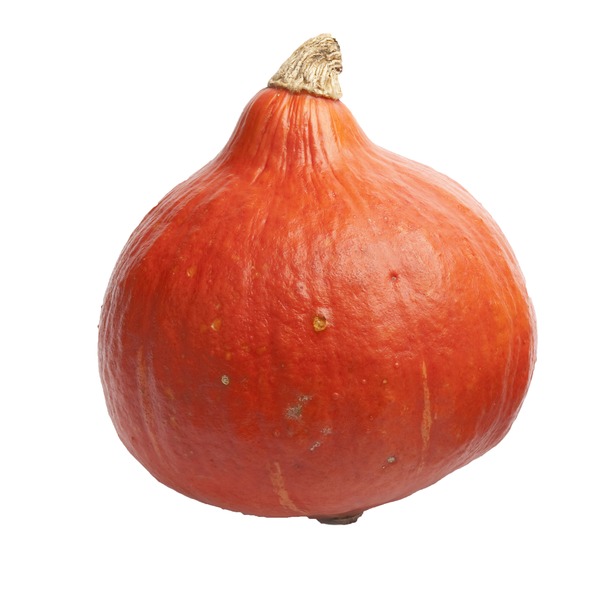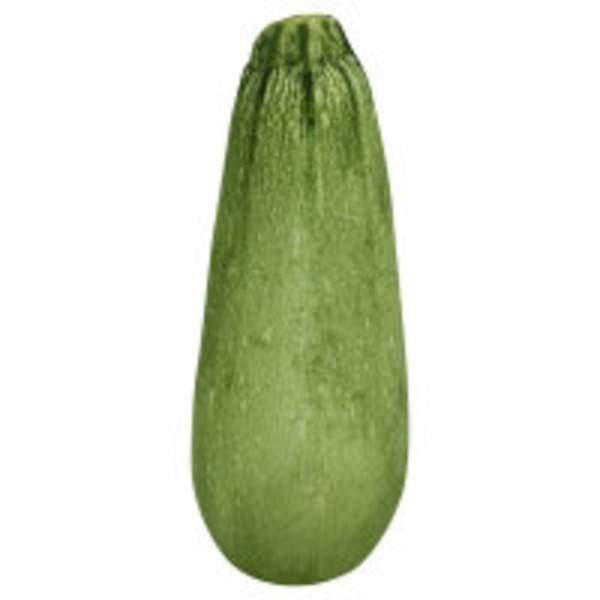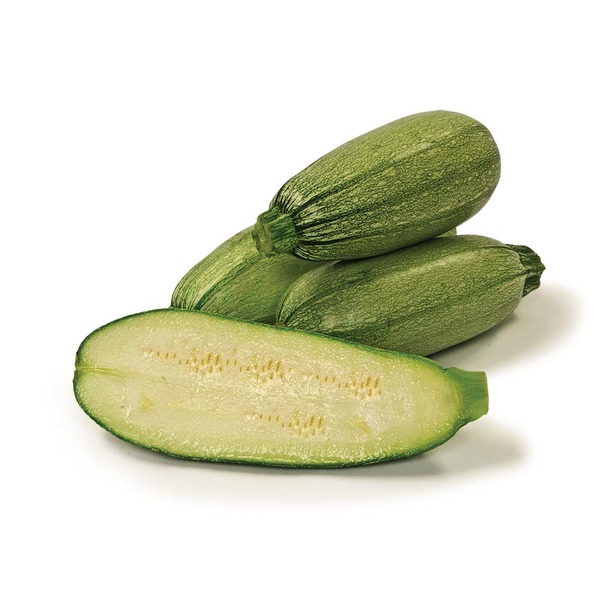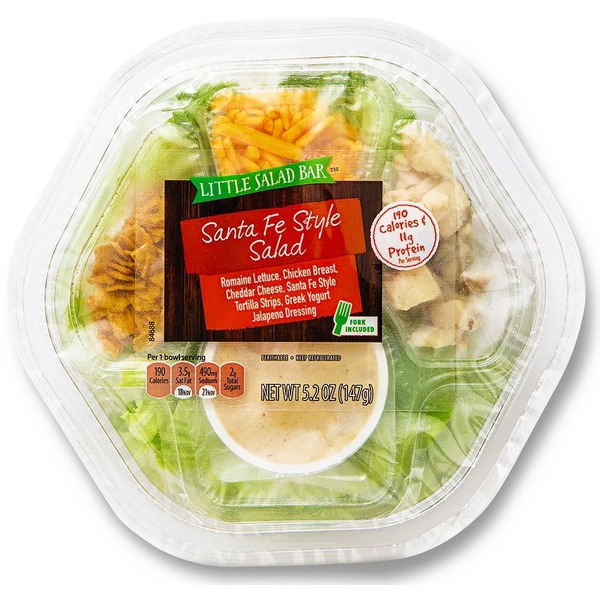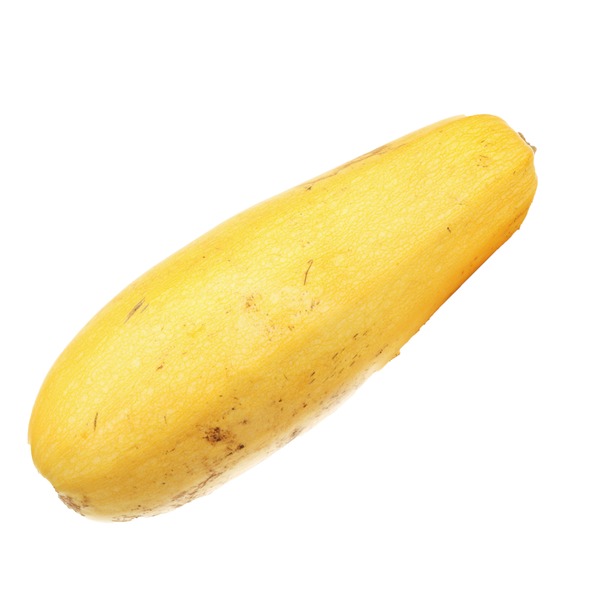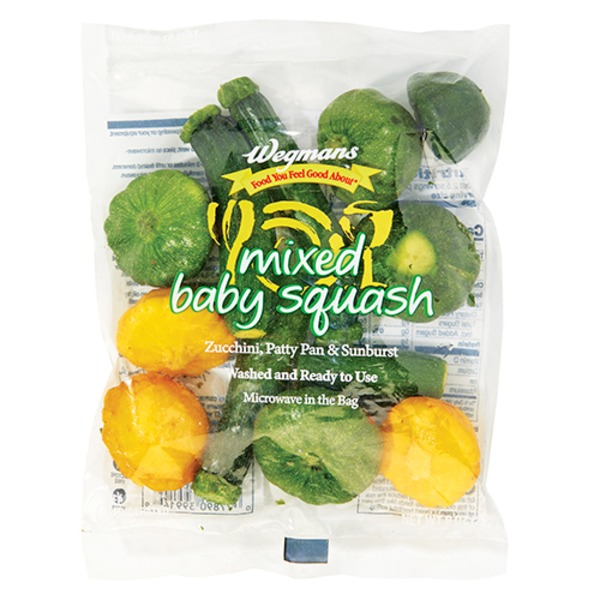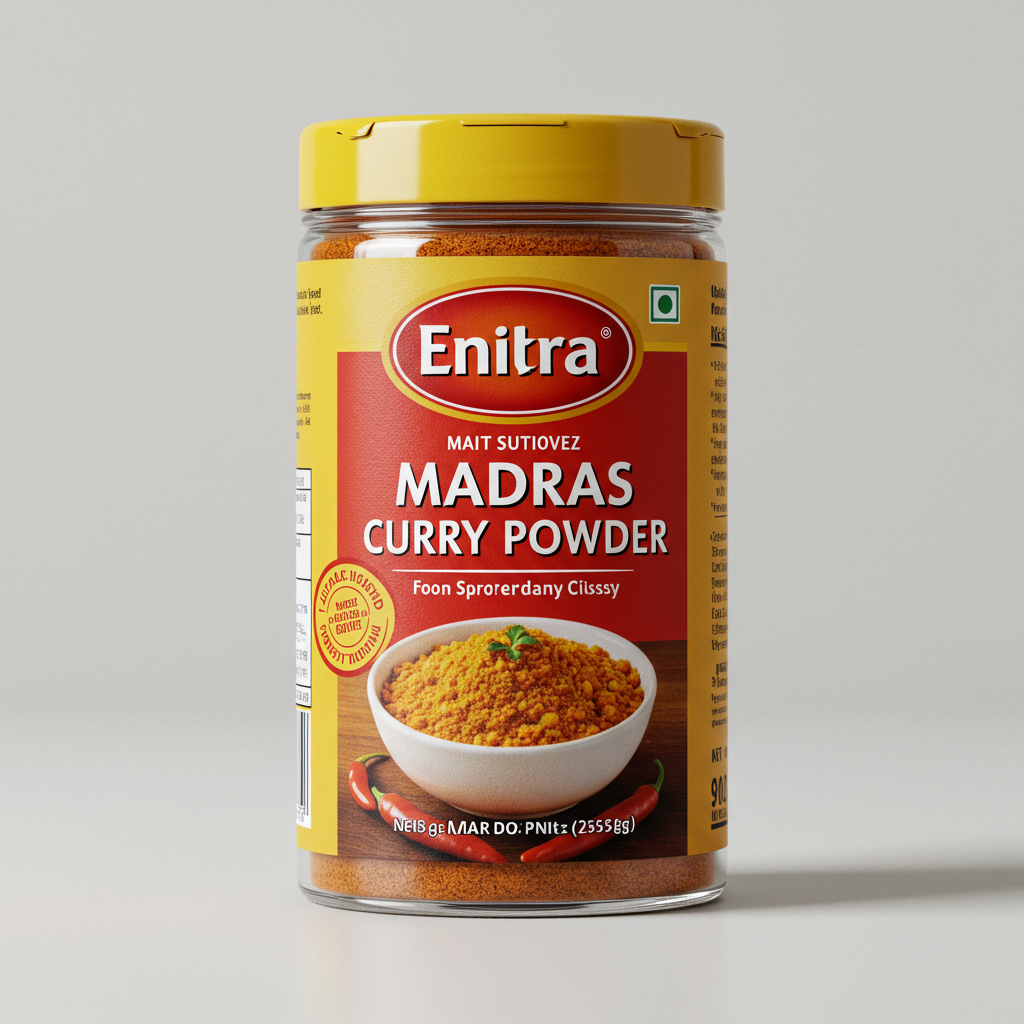SIDE DISHES
MAIN DISHES
SOUPS
Squash
Squash, a member of the Cucurbitaceae family, comes in a wide range of shapes, sizes, and colors, and is typically harvested in the summer or fall. Varieties fall into two categories: summer squash, which includes zucchini, yellow squash, and pattypan, and winter squash, such as butternut, acorn, and spaghetti squash. Rich in nutrients like vitamin A, vitamin C, potassium, and fiber, this versatile vegetable is a healthy addition to any meal.
Summer squash is best enjoyed fresh when its flesh is tender and skin is thin, while winter squash is prized for its hearty texture and long storage life. Squash can be cooked in various ways, such as roasting, sautéing, baking, or steaming, and serves as a delicious ingredient in dishes like casseroles, soups, stews, and salads. Its sweet, mild flavor lends itself to various cuisines and compliments a plethora of herbs and spices.
75%
CARBS
5%
FAT
20%
PROTEIN
1,925 Squash Products
Squash Is Frequently Used With
Squash FAQ
Squash is a versatile vegetable that is often a source of confusion due to the different types available. One common mistake people often make is treating all types of squash the same way, when in fact, the best cooking methods can vary. For instance, summer squashes are best suited for quick cooking methods like grilling or sautéing, while winter squashes usually benefit from longer cooking times and methods such as roasting or baking. Another common issue comes with peeling and cutting squash - it can be quite tough, especially with some winter squash varieties. A sharp, sturdy knife and a steady hand is required for this.
To get the most out of squash, consider the unique taste and texture each type brings. For instance, zucchini and other summer squashes often have a mild, sometimes sweet taste and tender flesh, while butternut and other winter squashes might have a richer, often nutty flavor with a robust texture.
A lesser known tip, particularly relevant for summer squash, is the idea of embracing its raw potential. Thinly sliced or spiralized squash makes a great addition to salads and gives a refreshing, crisp texture.
One important tip to remember is that the seeds and flowers of many squash are edible. Squash blossoms are a delicacy and can be stuffed, fried, or used in soups. Also, roasting the seeds of winter squash generates a tasty and nutritious snack.
Do I have to peel my squash?
How can I soften my squash?
Can you eat squash raw?
How do I know my squash is cooked?
Can I use any squash in my recipe?
What spices and herbs go well with squash?
Can I eat squash seeds?
Can I use the whole squash in cooking?
Is squash a vegetable or fruit?
Does the size of the squash matter?
Expiration & Storage Tips
When does squash expire?
Summer squash, when unopened and stored properly, typically lasts for 1 to 2 weeks. If it's kept in the fridge after cutting, it should be consumed within 1 to 2 days. Winter squash, on the other hand, has a longer shelf life. Unopened, it can last between 2 to 6 months under optimal storage conditions. Once cut open, it's best to keep it in the fridge where it'll last for about a week.
How do you tell if squash is bad?
For all types of squash, common signs that it's gone bad include a shriveled, discolored or decaying skin, a firm or slimy flesh, and an off-putting smell. Mold growth is also a clear indication that the squash shouldn't be consumed. Always trust your senses: if it smells odd or feels mushy, it's safer to throw it out.
Tips for storing squash to extend shelf life
• Store squash in a cool, dry and well-ventilated area away from sunlight. For summer squash, the vegetable drawer of your refrigerator is a great choice.
• Wrapped in a plastic bag, squash can stay longer in the fridge. Just make sure to make tiny holes in the bag for ventilation.
• If you want to freeze winter squash, it's recommended to cook it first (like baking or boiling), let it cool, and then portion it into freezer bags or containers.
• Cut squash should always be stored in the fridge. Store cut pieces in airtight containers or tightly wrap them in plastic wrap. It's best to consume them within a week.
EXPIRES WITHIN
6 - 12
WEEKS
Substitutes

Spaghetti Squash

Sugar Pumpkin

Summer Squash

Zucchini

Halved Spaghetti Squash

Pumpkin

Butternut Squash Cubes

Sliced Zucchini Blend

Spiral Spaghetti Squash

Spiral Butternut Squash
See All
Health Info
Macros
5g
CARBS
0g
FAT
1g
PROTEIN
Allowed on these diets
LOW FAT
HIGH CALCIUM
VEGETARIAN
KETO
PALEO
WHOLE 30
MEDITERRANEAN
LOW CARB
VEGAN
LACTOSE FREE
GLUTEN FREE

